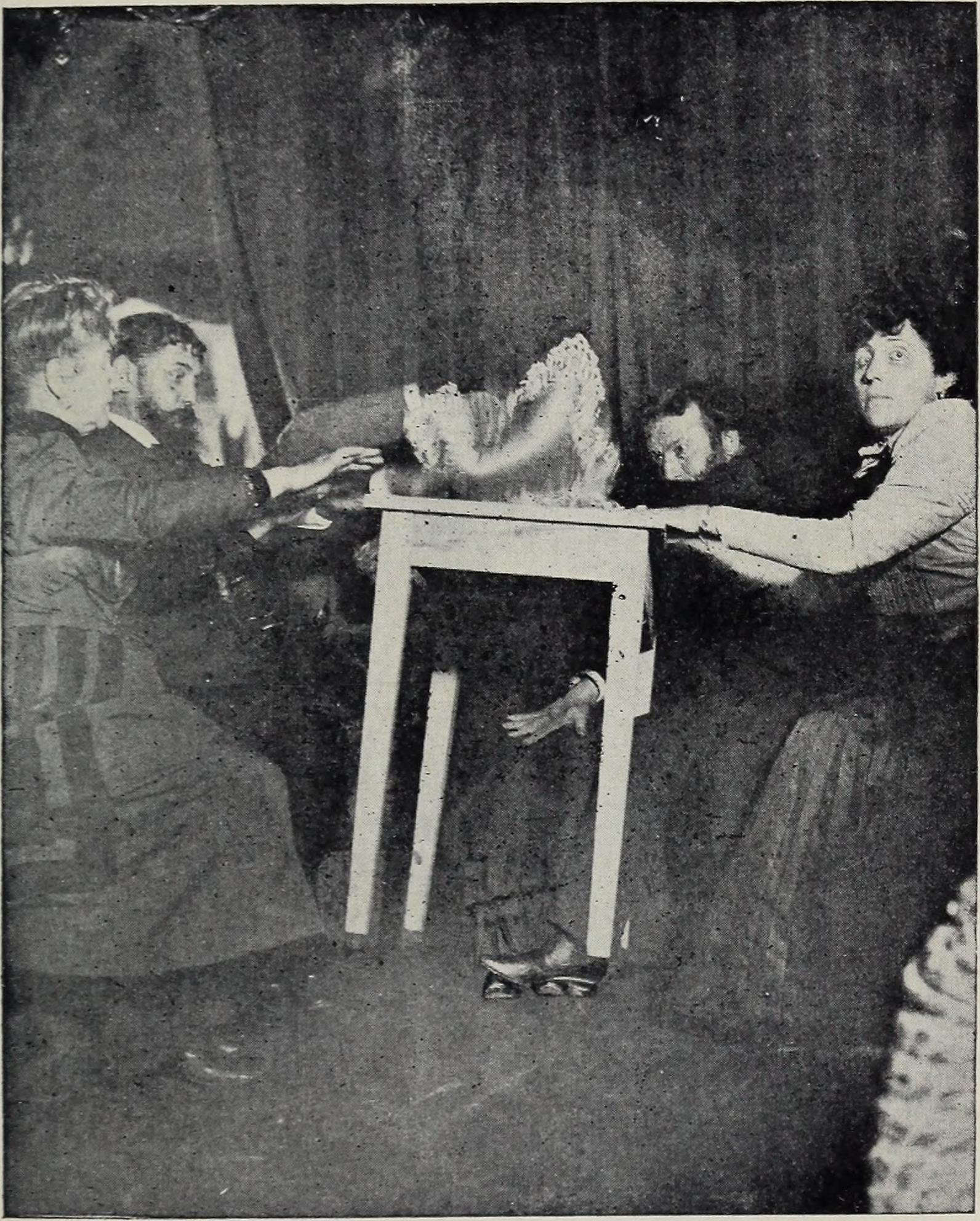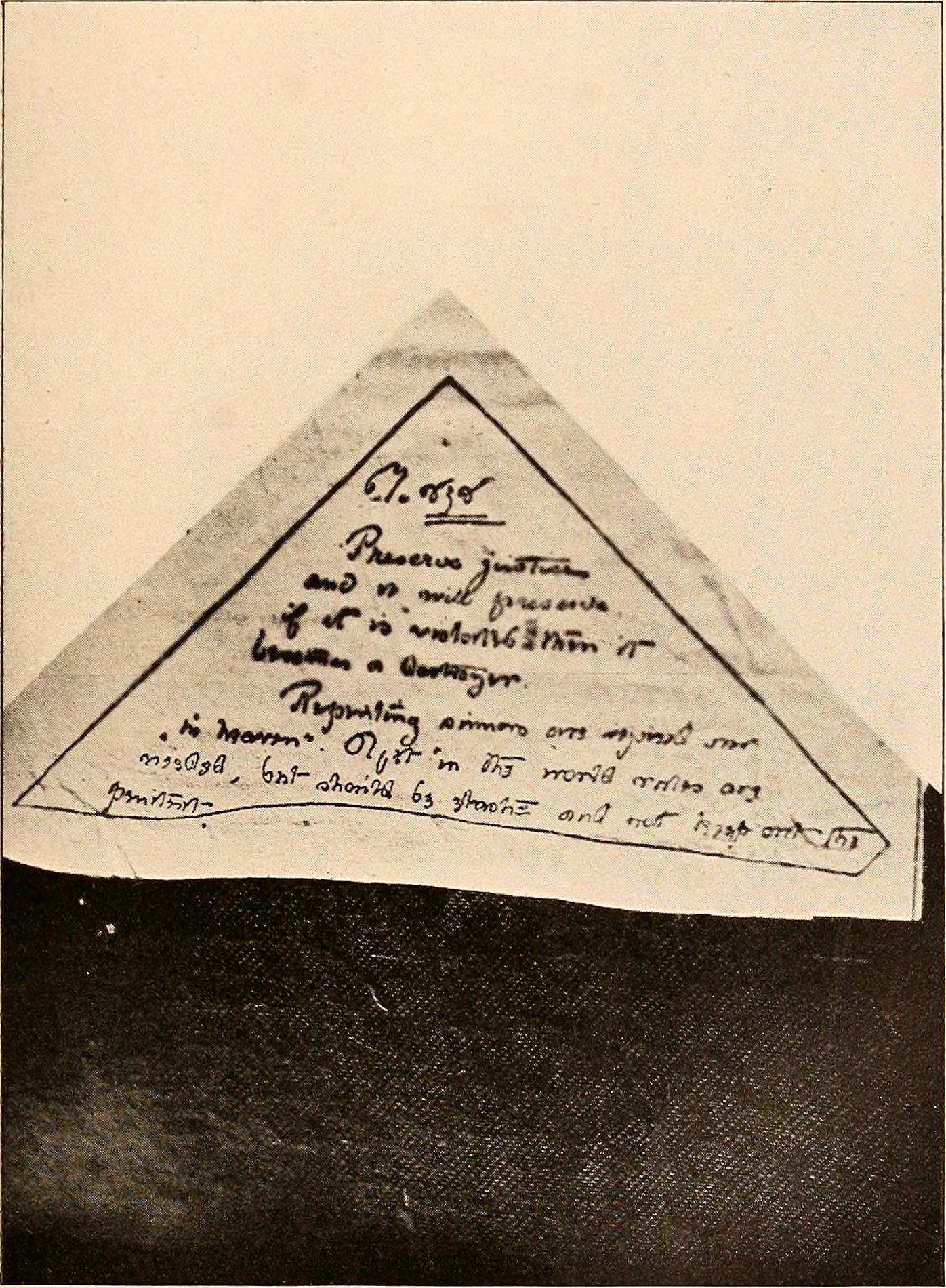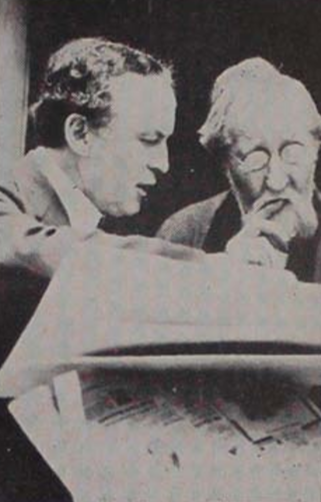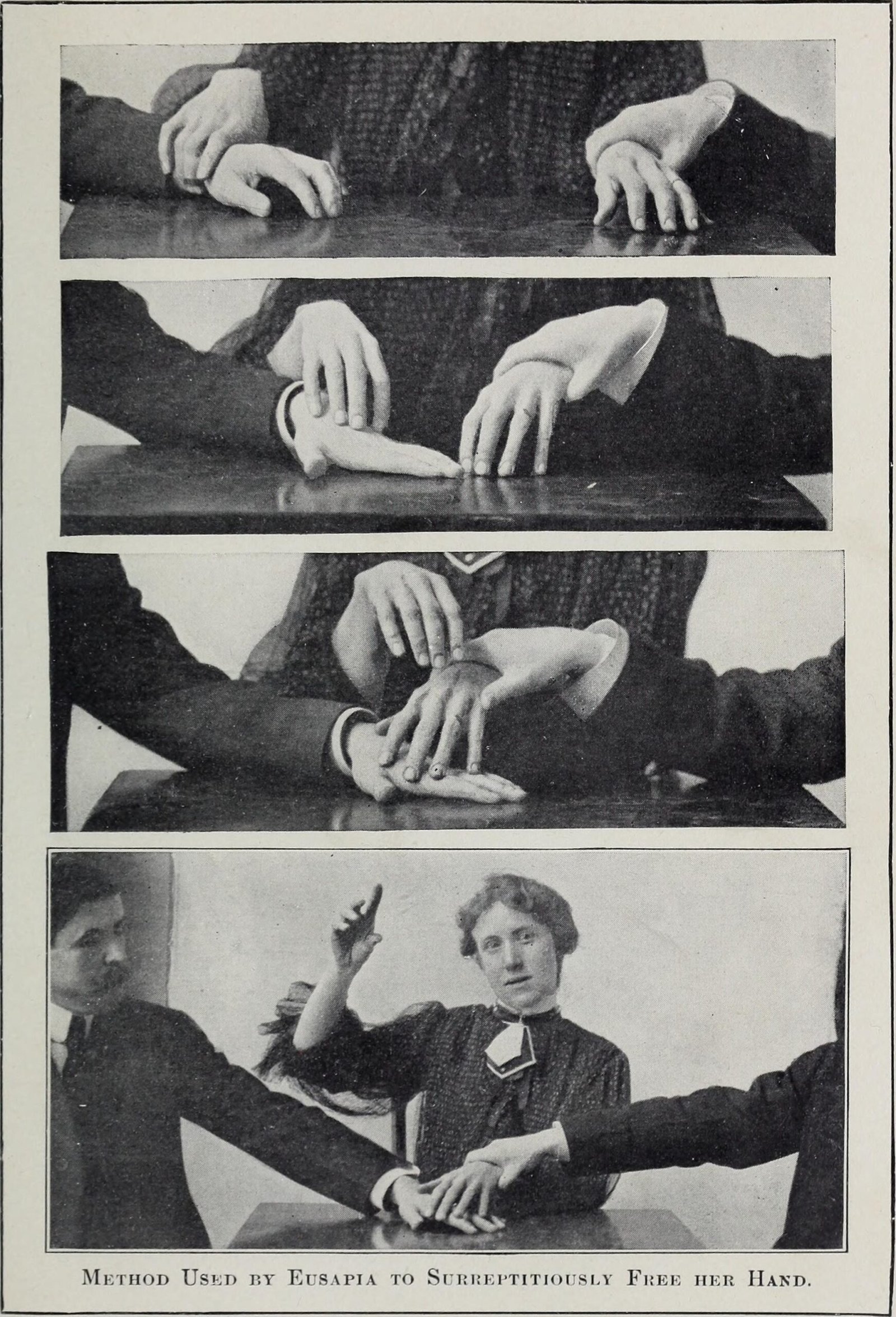Imagine a world where secrets could be plucked from behind enemy lines using nothing but the power of the human mind. It sounds like the stuff of wild science fiction, yet, for more than two decades, the U.S. government poured millions into exploring just that. Project Stargate wasn’t just a quirky experiment—it was a bold, top-secret operation that aimed to turn ordinary soldiers into psychic spies. The story of this program is filled with mystery, ambition, controversy, and even a touch of the absurd. But beneath the surface, it reveals a powerful truth: the human mind remains one of the last great frontiers, where science, hope, and imagination collide.
The Birth of a Psychic Program
The seeds of Project Stargate were sown during the height of the Cold War. As the U.S. intelligence community learned that the Soviet Union was investigating “paranormal” abilities for espionage, fear and curiosity took root. The idea that the enemy might harness psychic powers to steal secrets or influence events was both terrifying and thrilling. In response, the U.S. military and intelligence agencies decided to launch their own experiments into the unexplored world of psychic phenomena. What began as a tentative inquiry quickly evolved into a full-fledged effort, involving scientists, military officers, and self-proclaimed psychics all working under a veil of secrecy.
Remote Viewing: The Heart of Stargate

At the core of Project Stargate was the practice of “remote viewing”—the supposed ability to perceive distant or hidden objects, locations, or people using only the mind. Participants were asked to describe buildings, coordinates, or events happening thousands of miles away, often with only a vague prompt. Some reported seeing detailed images or hearing sounds from afar, while others described the experience as more abstract or dreamlike. The results were sometimes astonishing, even uncanny. Reports circulated of viewers describing secret Soviet installations or locating lost aircraft. Whether these results were luck, intuition, or something more remains hotly debated to this day.
The Scientists and the Psychics

The team behind Project Stargate was as eclectic as the mission itself. Physicists, psychologists, and military strategists rubbed shoulders with self-styled mystics and psychics. Some, like physicist Hal Puthoff and laser specialist Russell Targ, brought scientific rigor to the proceedings, crafting experiments and protocols to test psychic claims. Others, like Ingo Swann and Joseph McMoneagle, were the “stars” of the show—remote viewers whose abilities were sometimes described as nothing short of miraculous. The atmosphere was part laboratory, part séance, and always charged with an air of possibility.
Famous Missions and Bizarre Successes

Over the years, Project Stargate’s psychic spies participated in hundreds of missions. Some of the most dramatic stories involve remote viewers identifying the location of a downed Soviet bomber or sketching an accurate layout of a top-secret military base. In another case, a psychic reportedly helped locate a kidnapped U.S. general in Italy. These tales, often retold with a mixture of awe and skepticism, fueled both hope and controversy within the intelligence community. While some missions were duds, others produced results that seemed impossible to explain away by chance alone.
Scientific Scrutiny and Skeptical Eyes
Despite the excitement, Project Stargate was constantly shadowed by skepticism. Many scientists and intelligence officers questioned whether the results were real or simply the product of suggestion, coincidence, or wishful thinking. Rigorous testing sometimes revealed flaws in the protocols, and critics argued that the evidence for psychic phenomena was, at best, inconsistent. The scientific community demanded more controlled studies and reproducible outcomes, but the elusive nature of psychic experiences made this a constant challenge. The debate over whether Stargate’s successes were genuine or just statistical flukes raged for years.
The Human Factor: Belief and Doubt

One of the most fascinating aspects of Project Stargate was the role of belief itself. Some participants became deeply convinced of the reality of psychic abilities, while others struggled with doubt and frustration. The mind, after all, is a tricky thing—it can be swayed by expectation, hope, and even fear. The emotional rollercoaster experienced by the project’s members added a very human element to the story. For some, the experience was empowering and transformative; for others, it ended in disappointment or disillusionment. The mix of belief and skepticism shaped every aspect of the project’s journey.
The End of the Experiment
By the early 1990s, interest in psychic spying had begun to wane. The world was changing, the Cold War was ending, and new technologies offered more reliable forms of intelligence gathering. In 1995, after years of debate and review, the project was officially shut down. An internal report concluded that the results were too inconsistent to justify further funding. The era of government-sponsored psychic spies came to an unceremonious close, leaving behind a trail of files, memories, and unanswered questions. Still, the story of Project Stargate continued to capture the public’s imagination.
The Legacy of Stargate

Even after its closure, Project Stargate left a lasting mark on both science and popular culture. Books, documentaries, and movies have drawn inspiration from the idea of psychic spies. The program also prompted deeper questions about the nature of consciousness and the limits of human potential. For some, Stargate represents a cautionary tale about the dangers of wishful thinking in science. For others, it remains a tantalizing glimpse into the mysteries of the mind. The debate over what was real and what was fantasy is far from settled.
What Science Says Today

In the years since Stargate ended, scientific interest in psychic phenomena has continued, though with greater skepticism and more rigorous controls. Most mainstream scientists remain unconvinced by claims of remote viewing or other psychic abilities. Studies have generally failed to produce consistent, repeatable results that would satisfy scientific standards. Still, a small community of researchers persists, arguing that the mysteries of consciousness are not yet fully understood. The search for answers goes on, driven by curiosity and the hope that there may be more to the mind than meets the eye.
Why the Story Still Matters

Project Stargate is more than just a footnote in history; it’s a window into the hopes and fears of an era. It reflects a time when the boundaries between science and the unknown seemed thinner, and when the quest for power drove people to explore even the strangest corners of possibility. The story invites us to reflect on our own beliefs—about science, about the mind, and about the unknown. It challenges us to keep questioning, to remain open to new ideas, but also to insist on evidence and critical thinking.
Few stories are as strange and captivating as Project Stargate. The idea of psychic spies continues to fascinate because it touches on something universal: the yearning to unlock the full potential of the human mind. What secrets might still be hidden in the unexplored depths of our consciousness?




